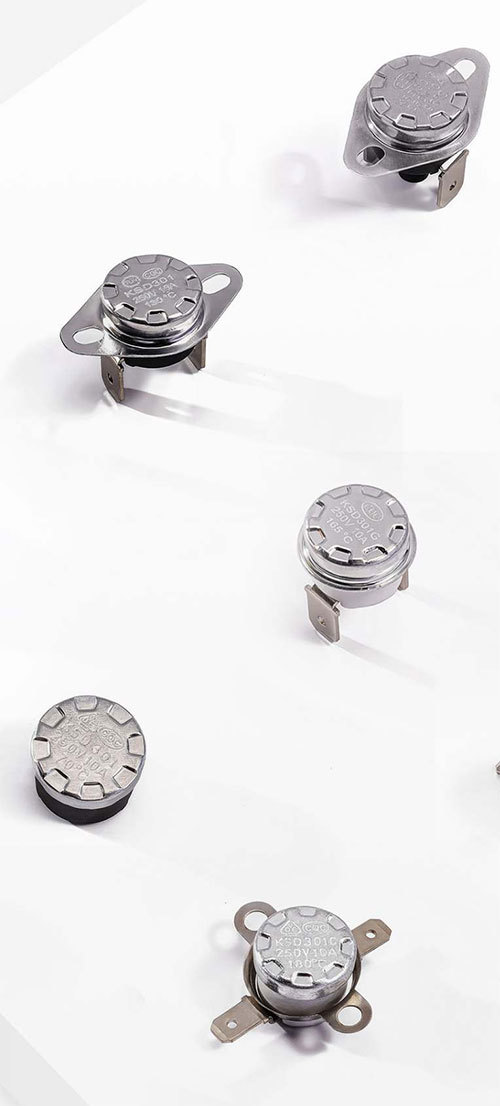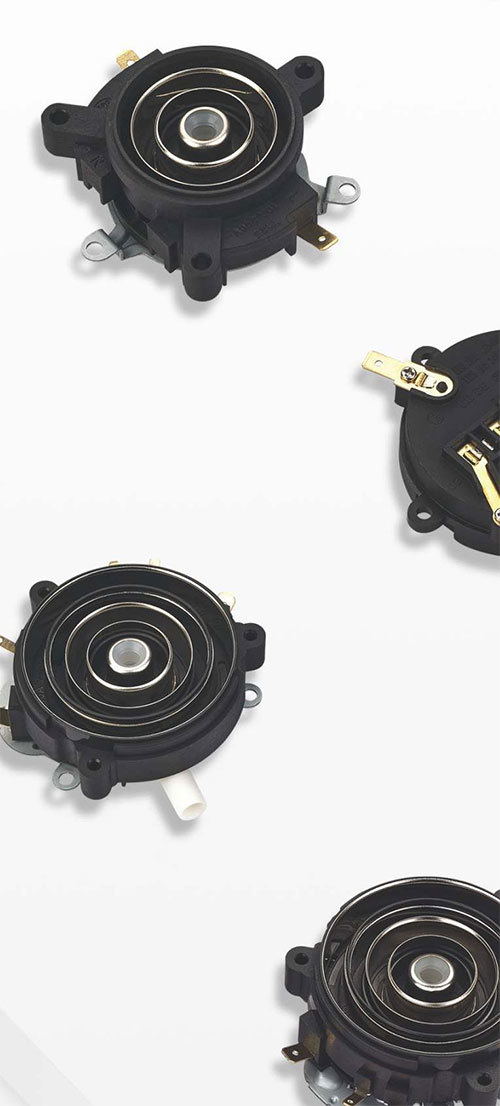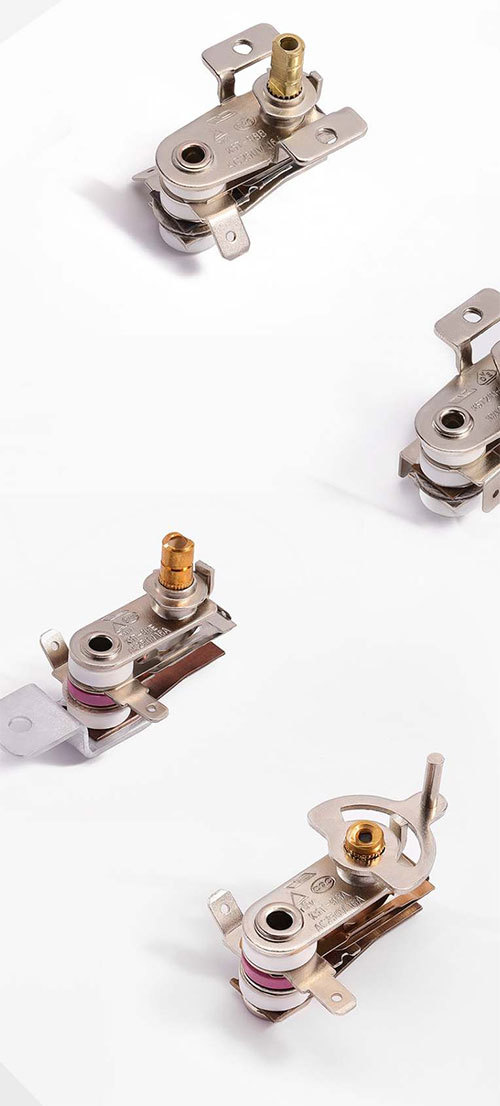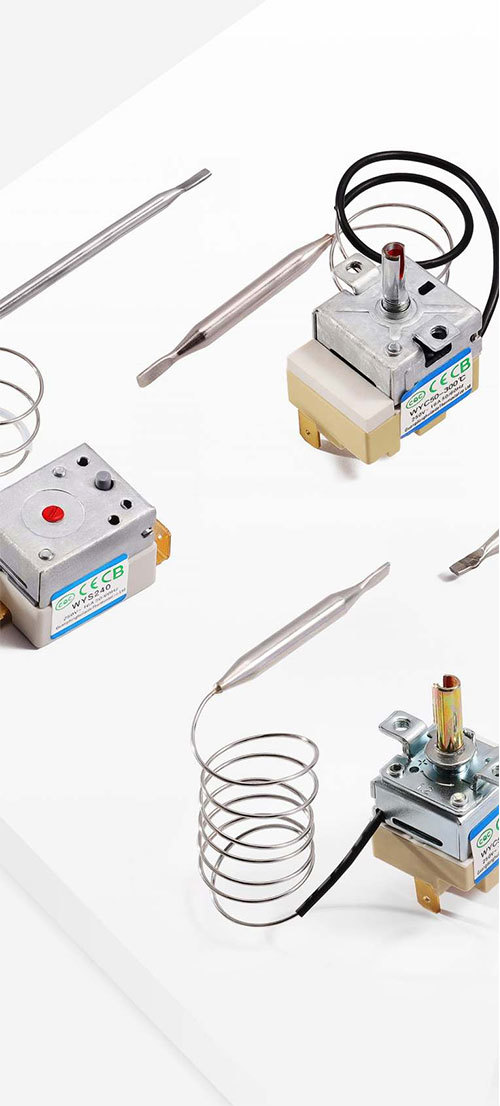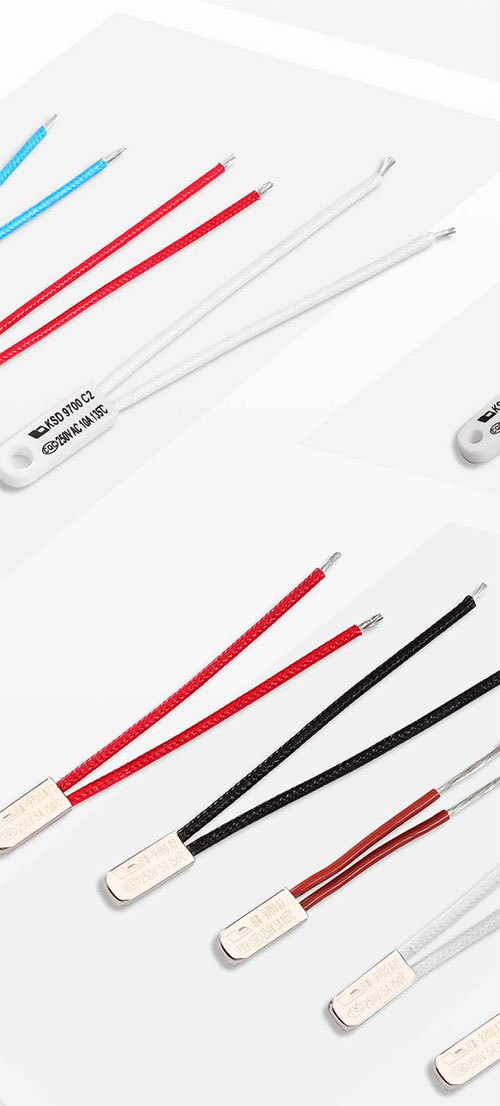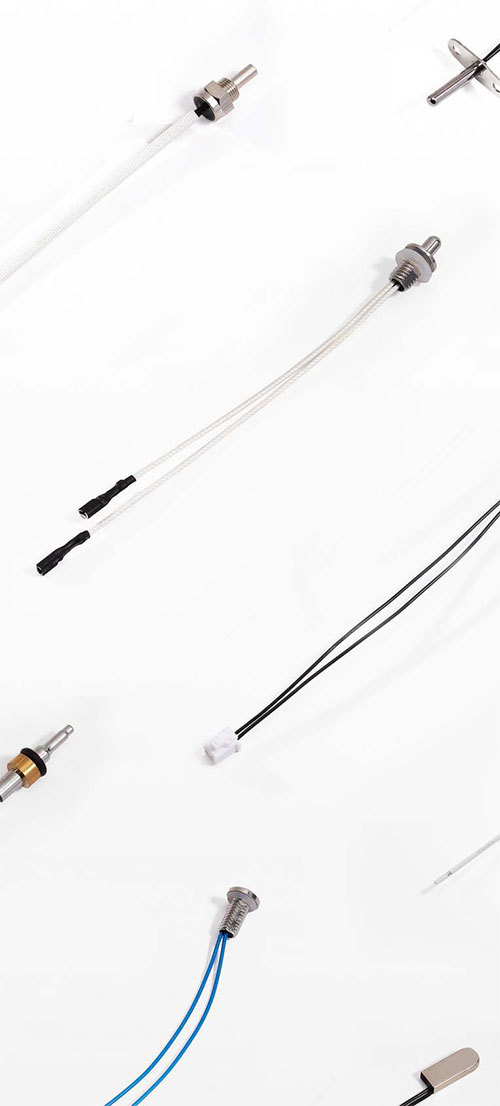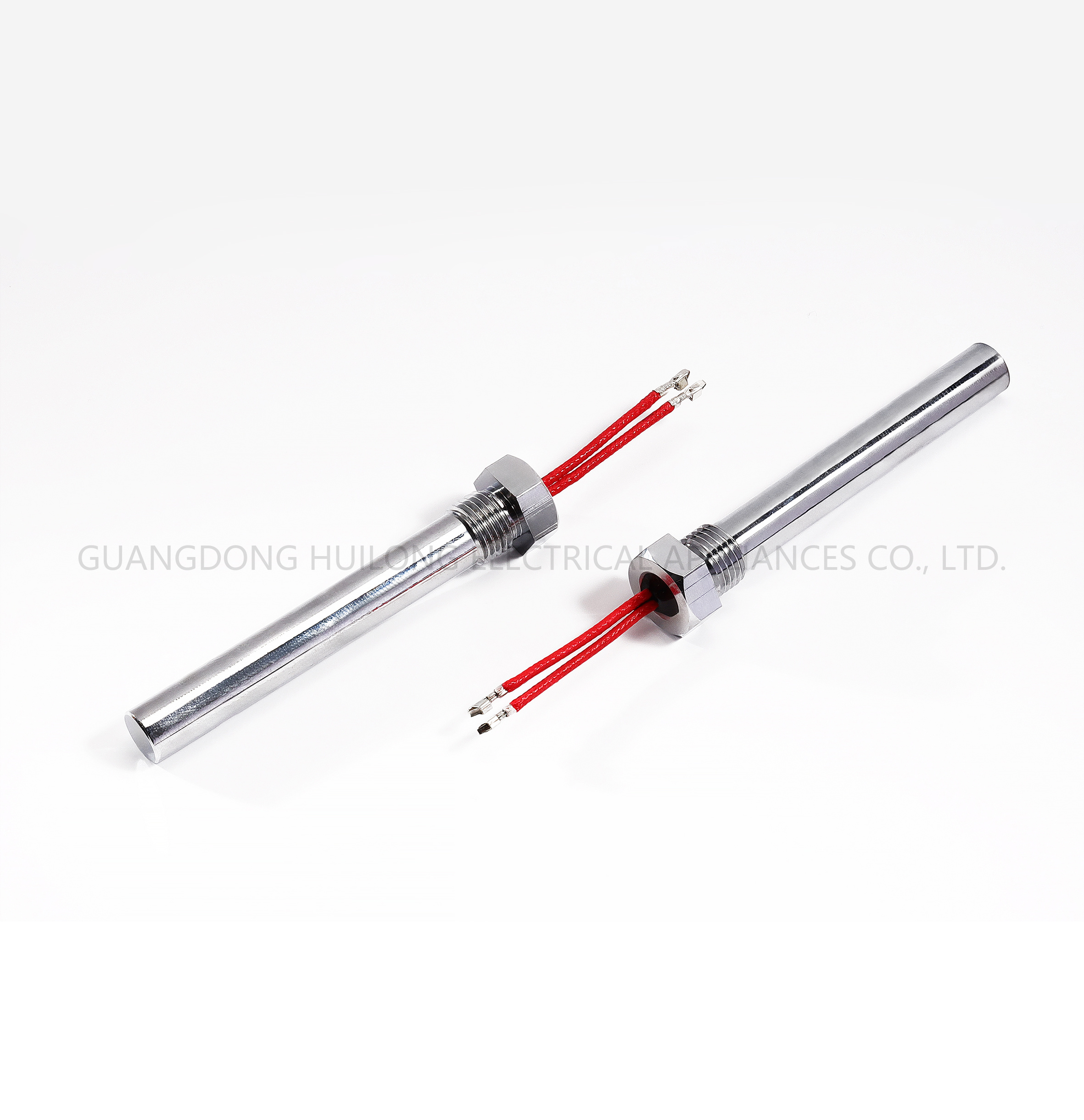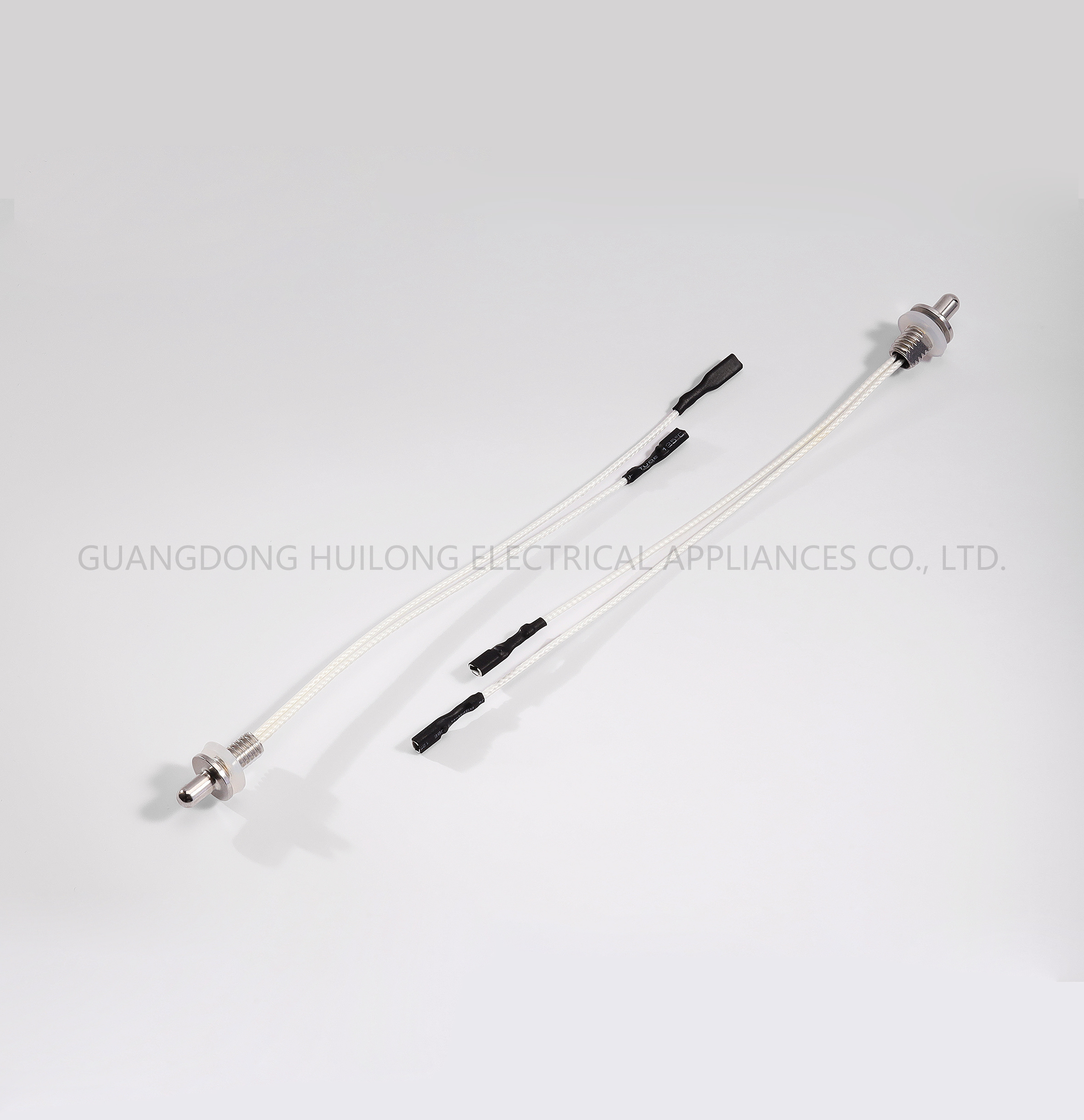Exploring the Functionality and Benefits of Temperature Controllers with Sensors in Building Materials
Classification: knowledge
Time:2025-10-15
One of the primary components of a temperature controller is its sensor, which can vary in type—ranging from thermocouples to thermistors. Each type has distinct advantages, depending on the application's temperature range and accuracy requirements. For instance, thermocouples are excellent for high-temperature applications, while thermistors are ideal for low to moderate temperature ranges, offering high sensitivity and accuracy.
The benefits of employing temperature controllers with sensors extend beyond mere comfort. They are instrumental in energy conservation, as they enable more efficient operation of heating, ventilation, and air conditioning (HVAC) systems. By automatically adjusting temperature settings based on real-time data, these controllers reduce energy consumption, thereby lowering utility costs. Additionally, they contribute to a sustainable building environment by minimizing energy waste.
In the context of building materials, temperature controllers with sensors play a crucial role in protecting sensitive materials from damage caused by temperature fluctuations. For instance, certain adhesives and coatings can lose their effectiveness if exposed to extreme temperatures. By maintaining a stable temperature, these controllers help ensure that construction materials perform optimally, enhancing the overall quality and longevity of the building.
Moreover, the integration of temperature controllers with smart building technology is on the rise. These systems can communicate with other smart devices, allowing for centralized control and monitoring. For instance, a temperature controller can work in tandem with smart thermostats and environmental sensors to create a comprehensive climate control strategy, improving both comfort and energy efficiency.
In conclusion, temperature controllers with sensors are invaluable tools in the building and decorative materials industry. They not only enhance comfort and protect materials but also promote energy efficiency and sustainability. As technology continues to evolve, the integration of these controllers into smart building systems will only become more prevalent, paving the way for innovative solutions that meet the demands of modern construction and environmental standards. Understanding their functionality and benefits is crucial for stakeholders aiming to optimize their building management strategies.
Keyword: Exploring the Functionality and Benefits of Temperature Controllers with Sensors in Building Materials
RELATED INFORMATION
Maximizing Energy Efficiency: The Critical Role of Temperature Controllers with Sensors
Maximizing Energy Efficiency: The Critical Role of Temperature Controllers with Sensors Table of Contents 1. Introduction to Energy Efficiency in Buildings 2. What Are Temperature Controllers? 2.1 Types of Temperature Controllers 2.2 How Temperature Controllers Work 3. The Importance of Sensors in Temperature Control 3.1 D
2025/10/22
Temperature controllers with sensors play a pivotal role in modern building management systems, particularly in the construction and decorative materials sector. These devices are designed to monitor and regulate the temperature within a specific environment, ensuring optimal conditions for both occupants and materials. By integrating advanced sensor technology, these controllers provide precise t
2025/10/15


